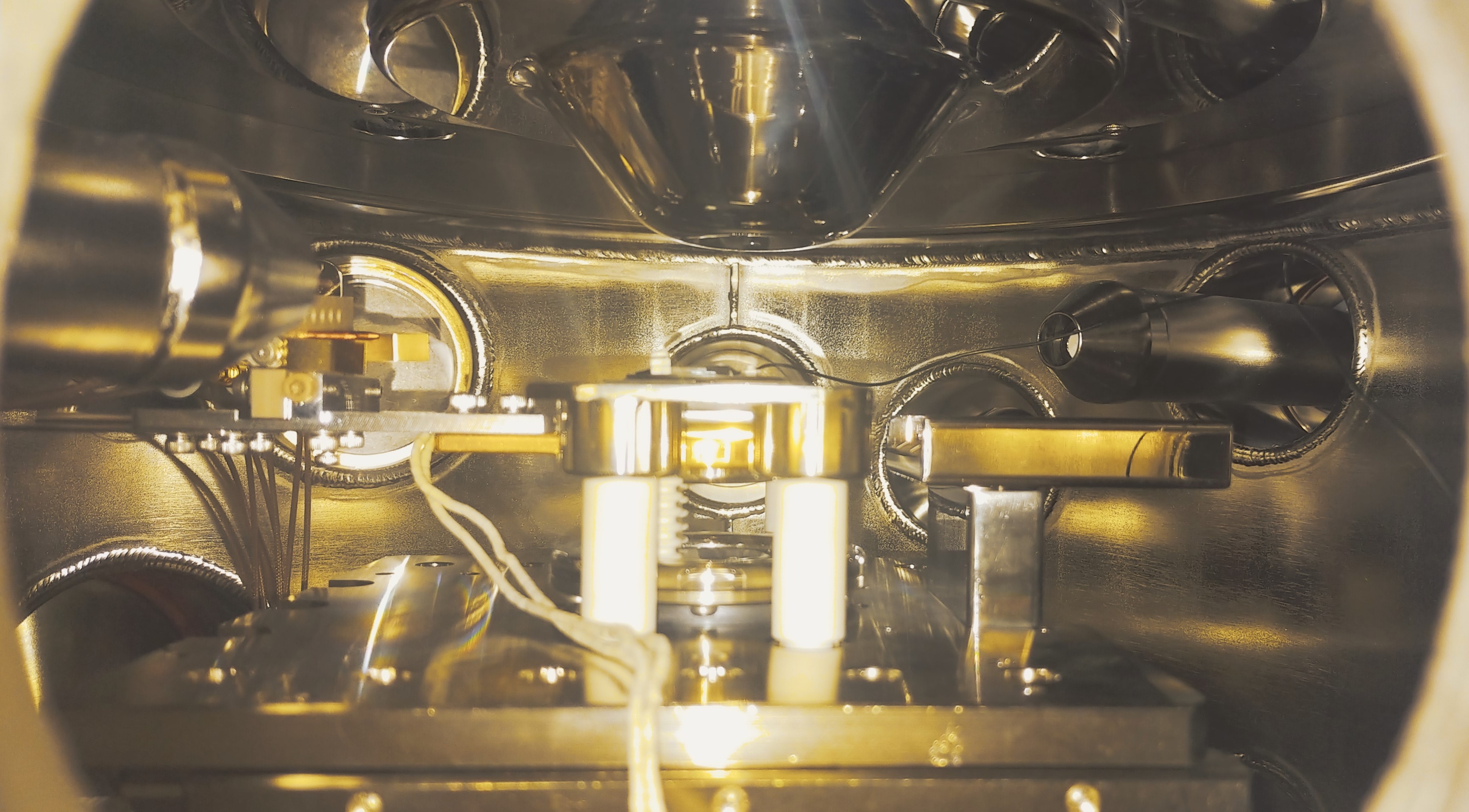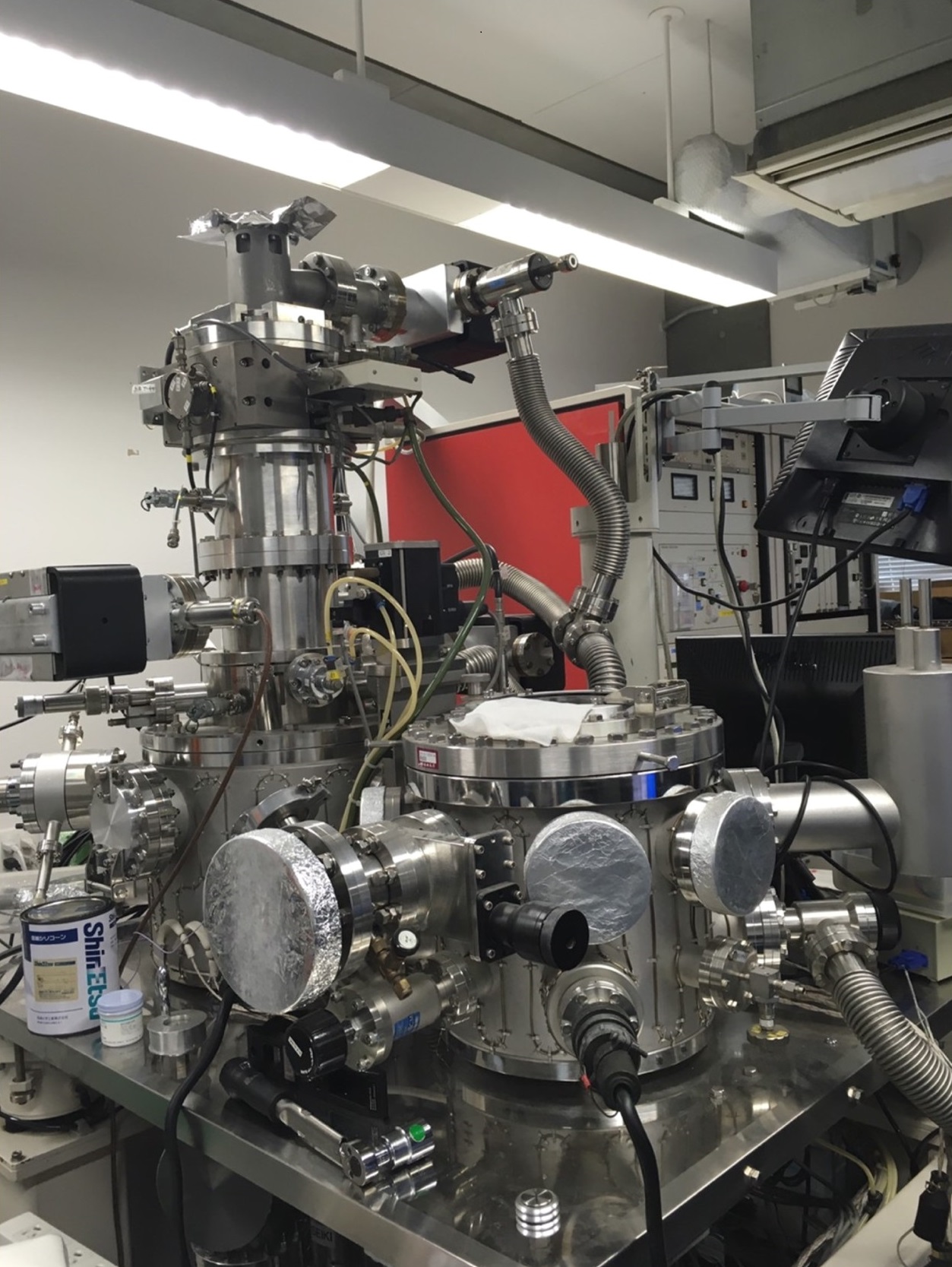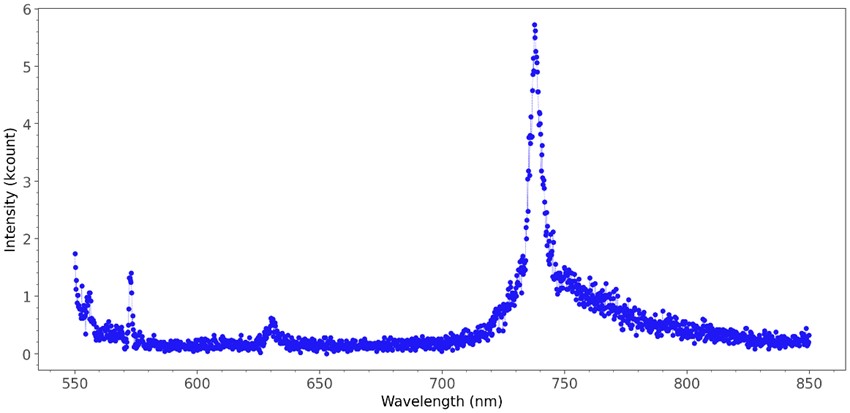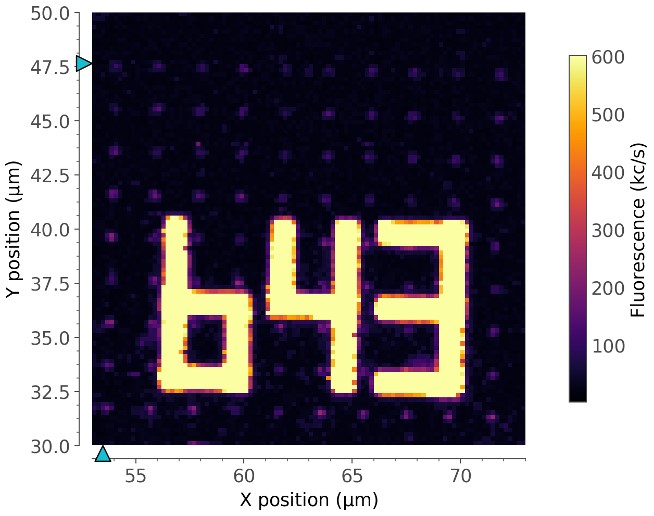





The quantum mechanical properties of photons are being used to realize quantum information processing and quantum cryptographic communications. In order to use photons as qubits, a single-photon source is capable of producing a single photon within a single pulse is required. Among the many single-photon source candidates, luminescent centers in diamond have attracted much attention because of their stable operation at room temperature. A luminescent center is a compound defect consisting of an atomic vacancy and an impurity atom in a diamond crystal, which forms a level in the band gap of diamond consisting of an atomic vacancy and an impurity atom. When electrons are excited between the impurity levels and transition to the original state, photons with specific wavelengths are emitted. Among the luminescent centers in diamond, the SiV-centers are excellent as a single-photon source; the SiV-center has a structure in which two carbon atoms are replaced by one silicon atom, and the monovalent, negatively charged SiV-center has a sharp emission spectrum in the near-infrared region at a wavelength of 738 nm at room temperature. The SiV-center also has a shorter lifetime and higher luminosity than other luminescent centers.
Thus, a single SiV center in diamond is expected to be used for quantum information processing. However, one of the challenges of color centers in diamond is that the emission from the color centers is totally reflected internally due to the high refractive index of diamond, resulting in a low photon detection rate externally. As an approach to improve the photon detection rate, we are attempting to fabricate a nanopillar structure on the substrate surface using microfabrication techniques. By introducing the nanopillar structure, the emission from the color center is expected to resonate within the structure and increase the intensity of the emission. If we can fabricate a single SiV center in the nanopillar structure and confirm an increase in luminescence intensity compared to the case where the structure is not fabricated, we believe that we can take a step forward towards realizing the application of single-photon sources for quantum information processing.